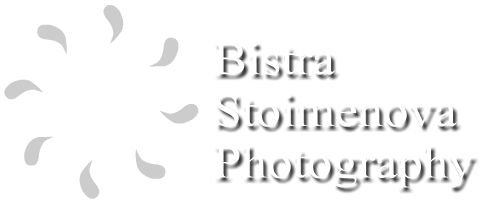As good as Levere and Maciejewski’s projects were in terms of scope and angling ect., they looked too traditional and something was missing for me. Maciejewski and Levere made me understand what re-photography is about and to get a glimpse of how it should be done – same angle and preferably same post-processing used – but I work in colour, not black and white and wanted to incorporate the coloured image into my work as well.
I started looking for a re-photographer that has chosen to break the canon and ditch the black and white for his/her modern images. I thought that the contrast in colours will lead to even starker contrast between the vintage image and the modern one.
That was when I came across Vincent Zénon Rigaud’s work and was fascinated by it. He is a French photographer dedicated to re-photographing his native town of Reims through the ages. What I loved about his work (when I saw his website I was amazed by the editing idea) is that he not only re-photographs the place, he blends in the two images to create a new, stunning image, encompassing both old and new. (see fig.1 below)
I started looking for a re-photographer that has chosen to break the canon and ditch the black and white for his/her modern images. I thought that the contrast in colours will lead to even starker contrast between the vintage image and the modern one.
That was when I came across Vincent Zénon Rigaud’s work and was fascinated by it. He is a French photographer dedicated to re-photographing his native town of Reims through the ages. What I loved about his work (when I saw his website I was amazed by the editing idea) is that he not only re-photographs the place, he blends in the two images to create a new, stunning image, encompassing both old and new. (see fig.1 below)
Fig.1 - Vincent Zénon Rigaud – Reims. 2017 (cover of a book by Yann Harlaut)
I loved the approach since it was the first time I see something like that alongside the other re-photography projects, the one Rigaud did stood out. It was unique and not only showed two images side by side, it made a blend of two images, two historical periods and two traditions in one final image which made me stop and think. He definitely had a distinctive style of his own and I would have liked to do something similar.
Very few people in Bulgaria, if any, are doing re-photography projects, at least none that I am aware of. While looking at the projects of Levere and Maciejewski I saw an idea but nothing that would make me stand out. Their projects are inclined towards documentary photography and I must admit, I am not that much into it to be able to produce something of value in this style.
Rigaud’s project was a different universe for me – artistic, interesting, and even eclectic to some extent. It combined old and new in one photograph (which would be much easier to display) and the final result showed both the stark changes (each of the images is manipulated in such a way so that the final blend shows the most of the changes that occurred in between the captures) and the artist’s view.
I liked his approach in terms of post-processing that I intend to use it in my own project (or adapt it, in case it does not work for the images I select). To me, Rigaud’s work is novel, artistic and documentary. What is more, he primarily works in colour and the style of his other images (non-related to this project) is similar to the style I employ when post-processing my images. I think I have found a way to stand out within the photographic community and the general public since no one has done something like that.
Later on, it dawned on me that even if I do something like Rigaud did, that would be a mere copycat. What was important to my work was that he worked in colour and that his contrasts are even better - working with colour. So I settled for the middle ground - neither monochrome only, as in the projects of Levere and Maciejewski - nor the blend of Rigaud. Most probably will have the two images on one canvas (the old one slightly smaller than the re-photographed - for resolution reasons).
But that is yet to be arranged.




No comments:
Post a Comment